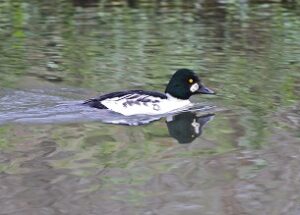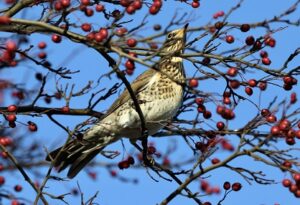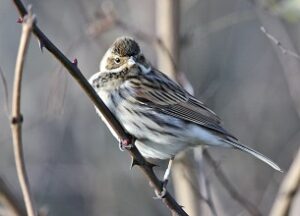WELCOME TO THE BNA WEBSITE

We hope you find it interesting and stimulating, and hope you will join the Association and swell the numbers of Britain’s Naturalists.
Join the BNA the national body for naturalists, founded in 1905, and extend your interest in the British countryside by taking part in a wide range of activities together with fellow enthusiasts of all ages. With the help of our experts, you will be able to learn more about our native flora and fauna and develop an in-depth understanding of how our natural world develops and changes increasingly important in view of the changes in our climate.
At national level, the BNA organises lectures and exhibitions, publishes Country-Side, British Naturalist, the BNA website and the BNA holds occasional conferences and Field Trips at a different location each year.
JOIN NOW!
Support the BNA by donating via this link>>Donate here
or scan this QR code
What to look for in January from the BNA
By D. Farrar
January is one of the best months to go birdwatching, lots of birds to see whether you are out and about or watching from your windows. It is possible to see flocks of finches, starling murmuration’s or visiting winter thrushes, together with large numbers of waders and colourful ducks on wetlands.

Goldeneye – Bucephala clangula. These beautiful black & white ducks can often be seen in winter when many species migrate here from Scandinavia. They are diving ducks, foraging underwater for a variety of aquatic invertebrates, fish & plant material. Their head is a glossy dark green colour, there’s a white spot on the face, and as the name suggests, their eyes are bright yellow.

Fieldfare – Turdus pilaris. One of the joys of winter in the UK is watching the visiting thrushes as they move through the trees feeding on our plentiful supply of hawthorn, yew or holly berries. They can also be found in fields as they search for insects, grain and seeds. Fieldfares have amazing plumage, a grey head, neck and rump, brown back and spotted breast with a yellowish band across the breast.

Reed Bunting – Emberiza schoeniclus. During the summer male Reed Buntings have black heads and throat but, in the winter, they change to brown. They have a white collar and have what looks like a white moustache. They obviously appear in reedbeds but can also be found feeding on the ground in farmland.
Robin – Erithacus rubecula. Robins have to be one of our favourite birds, especially in the winter months when they can be heard singing. Their orange/red breast brightens up the coldest of days, fun to watch as they search the ground looking for insects, worms or berries. They also visit our garden bird tables so you don’t have to go far to see or hear one, and who doesn’t love a robin?
Check out our Wild News page here>> Wild News to see how wildlife, conservation and the environment are coping with the changing climate.
Latest news includes Pine Martens, Beavers and the 2025 Butterfly Count report





